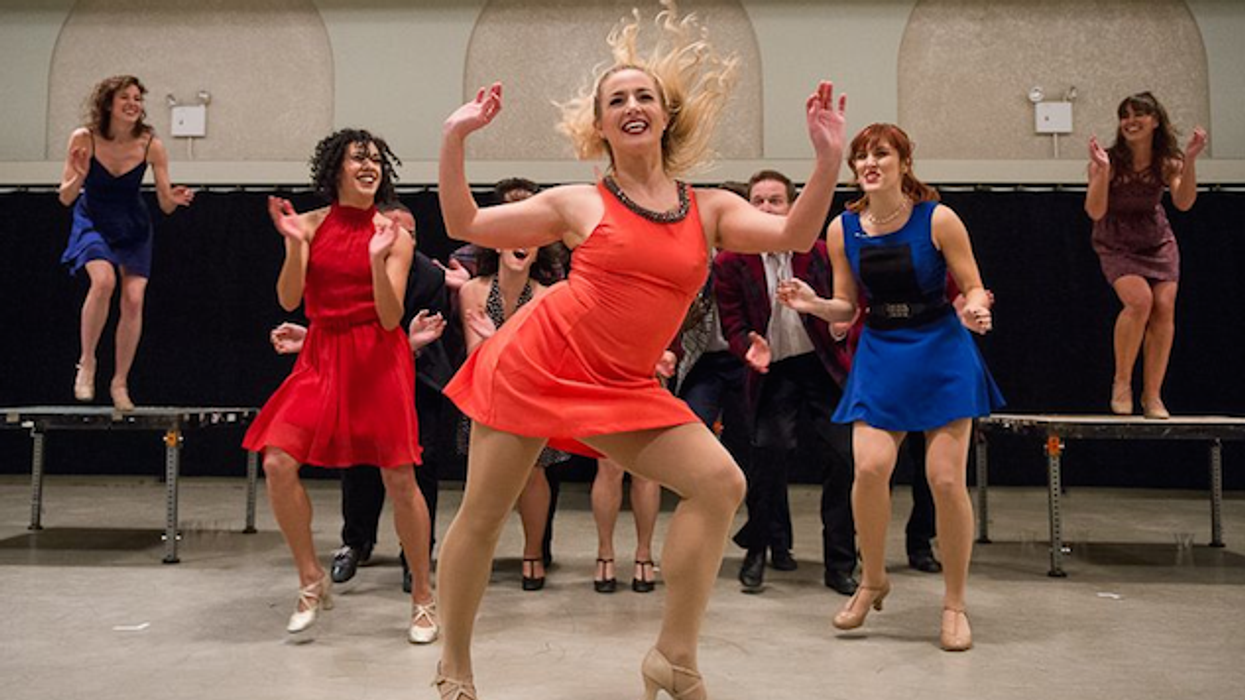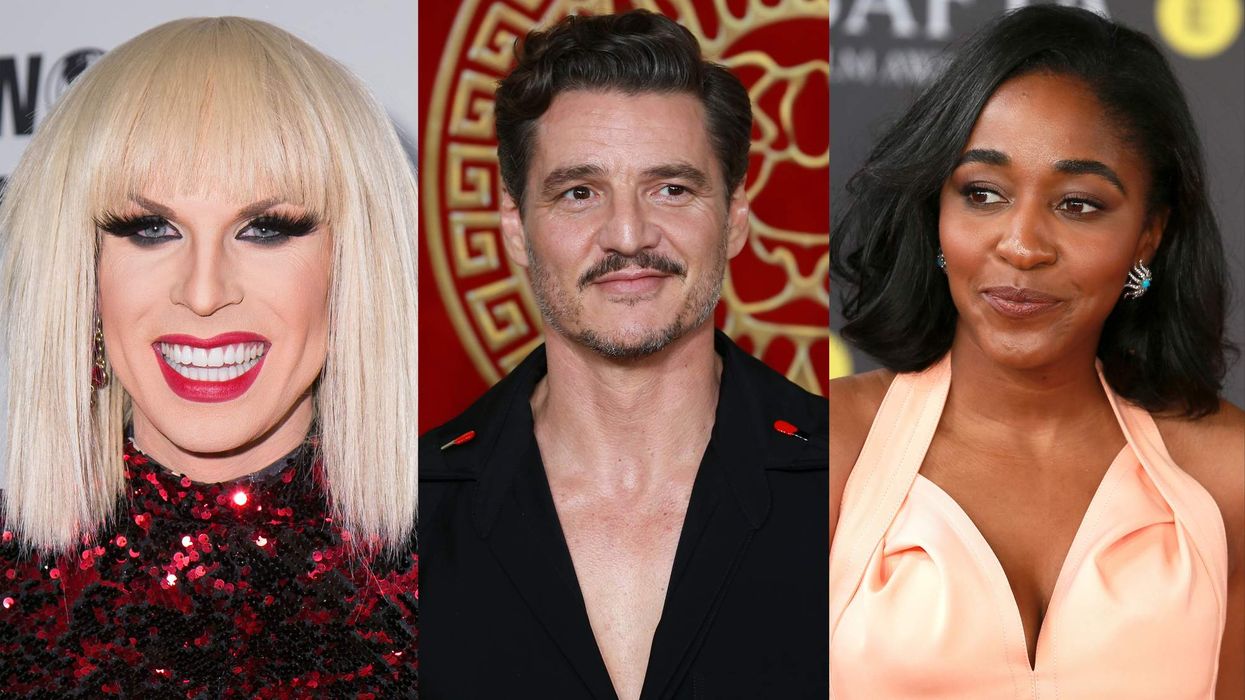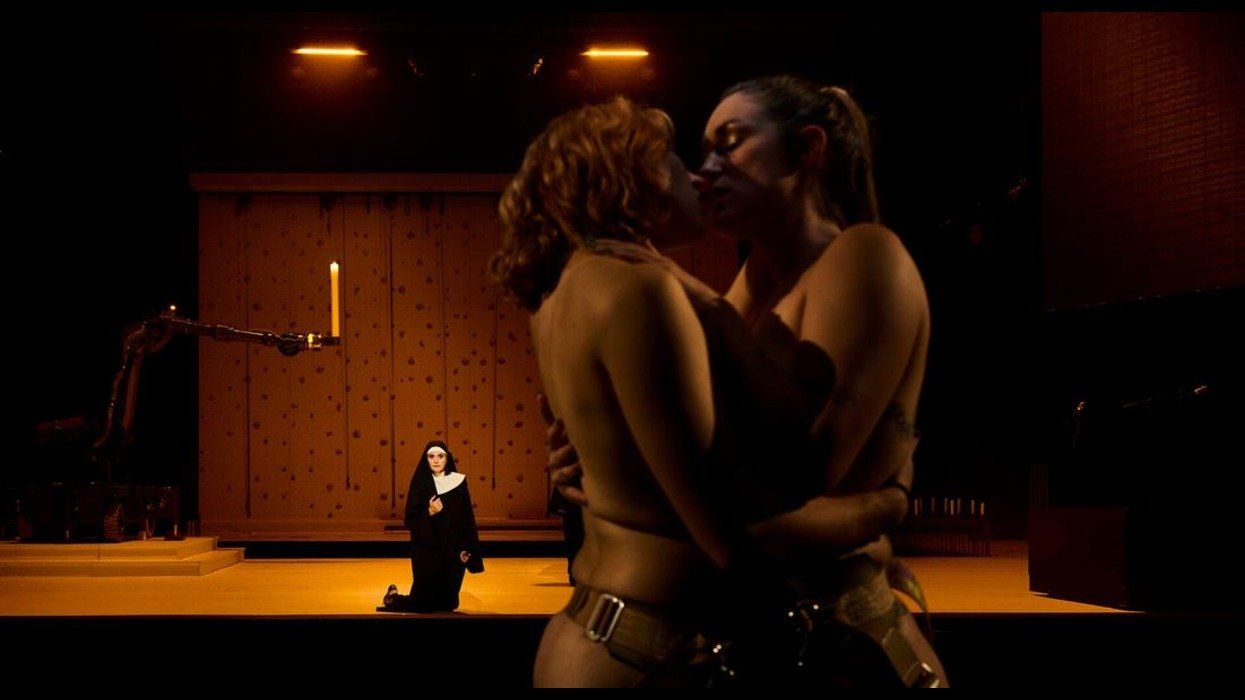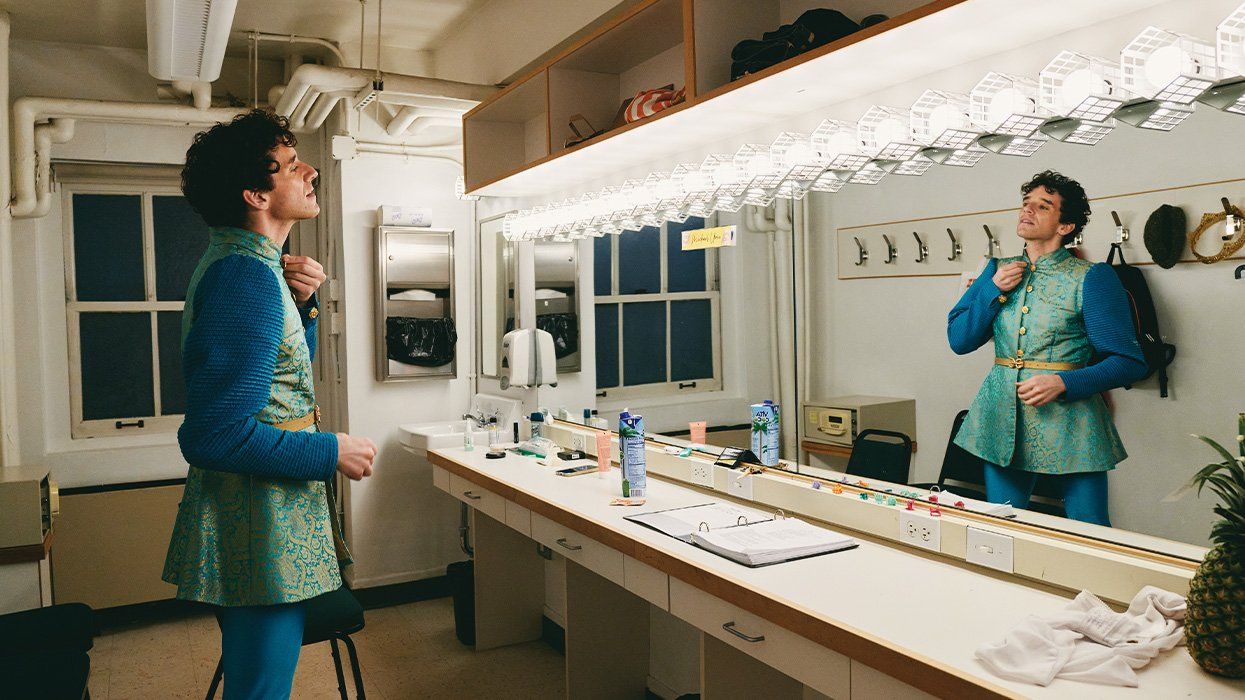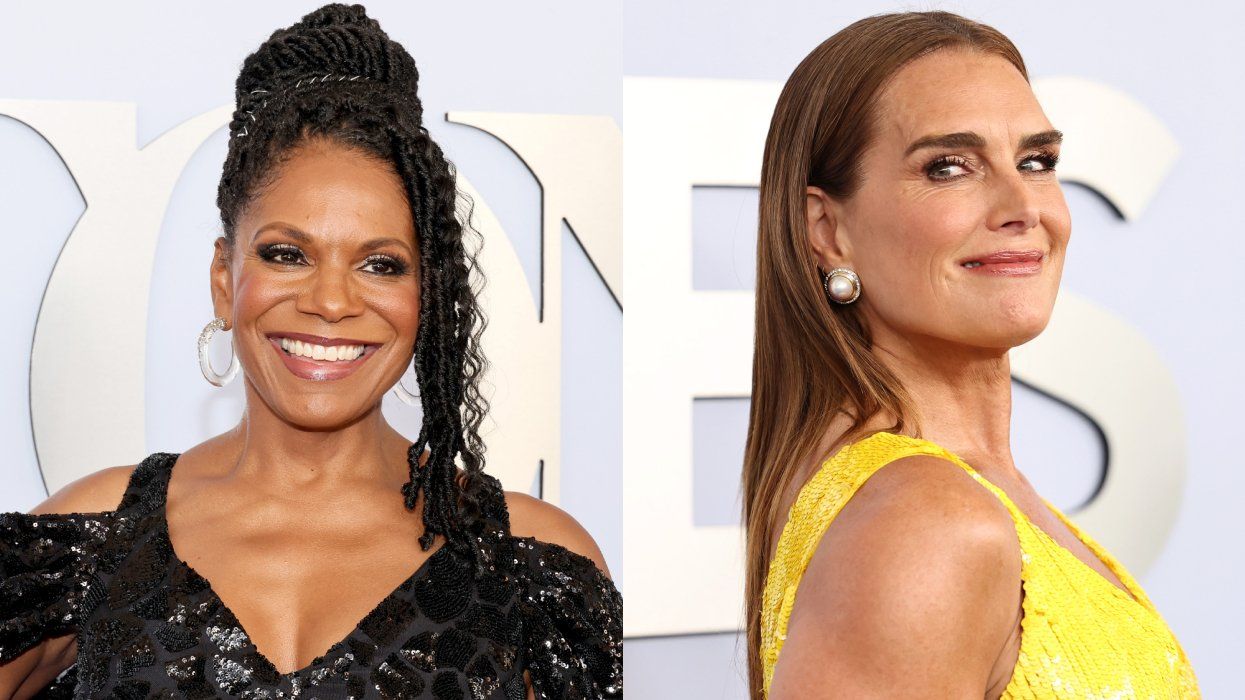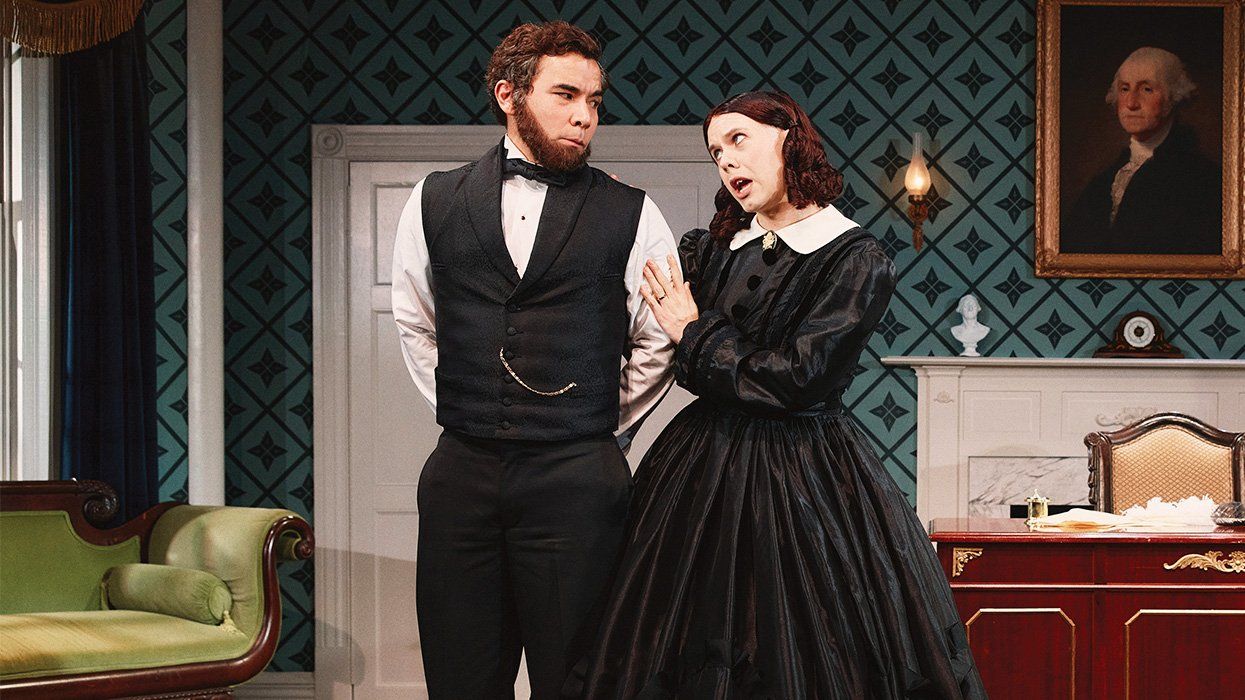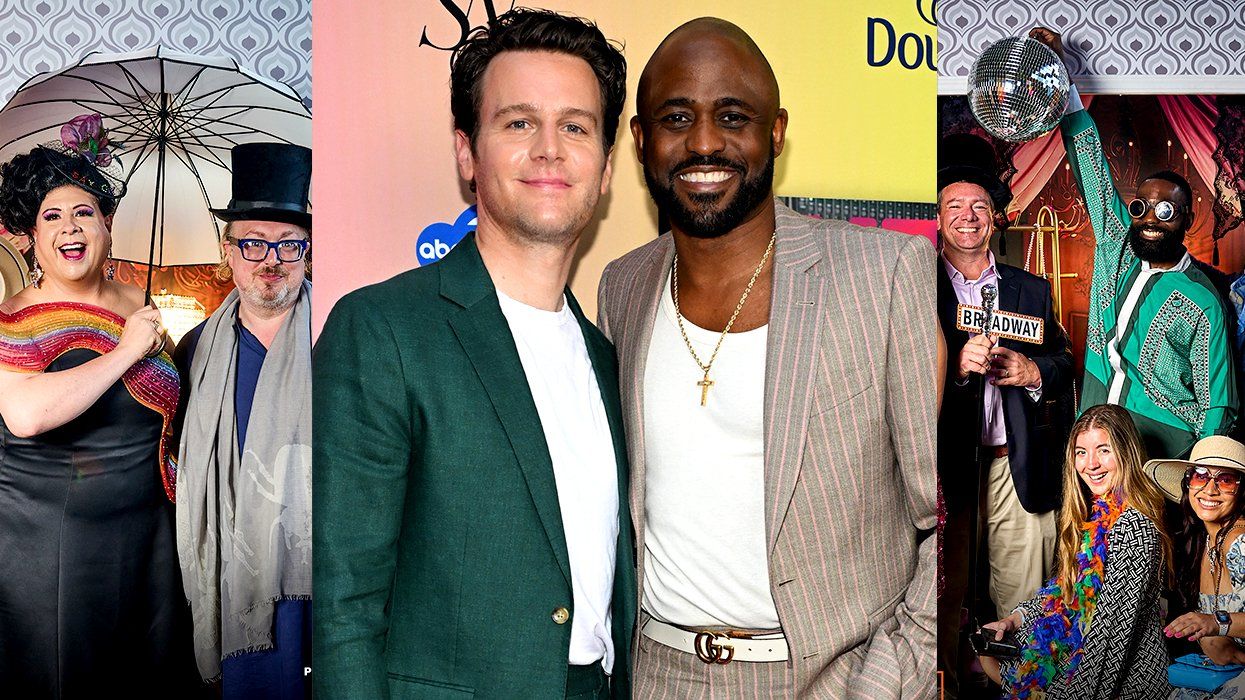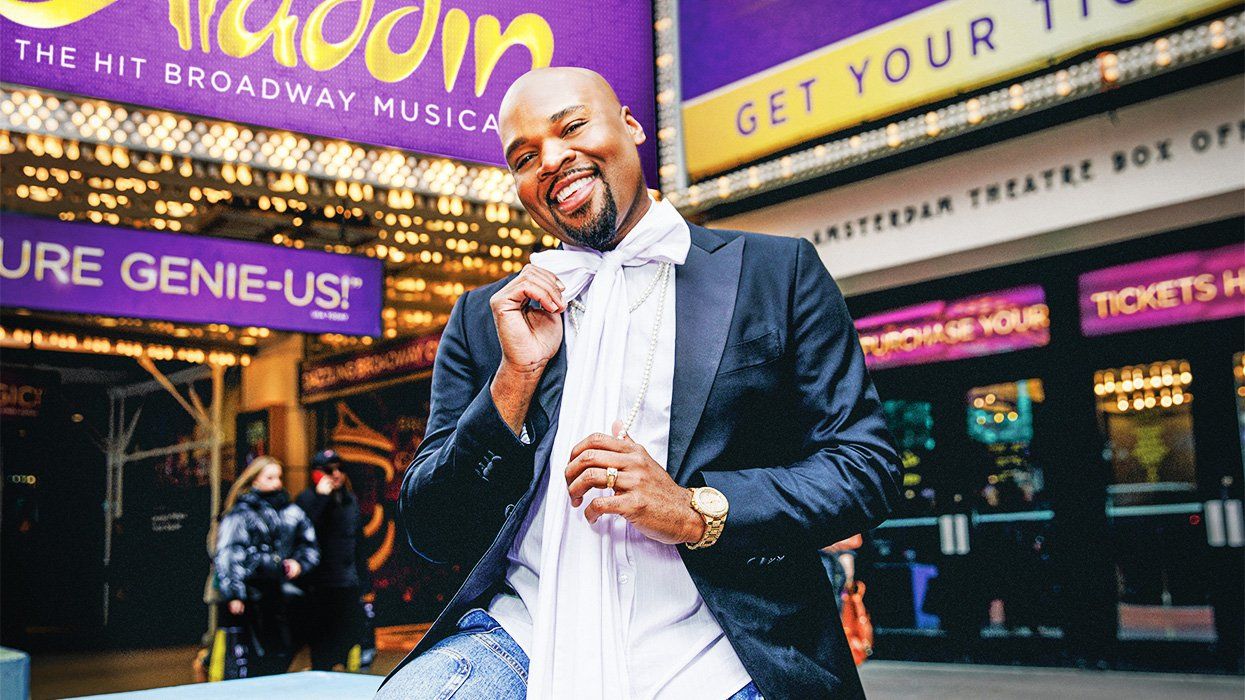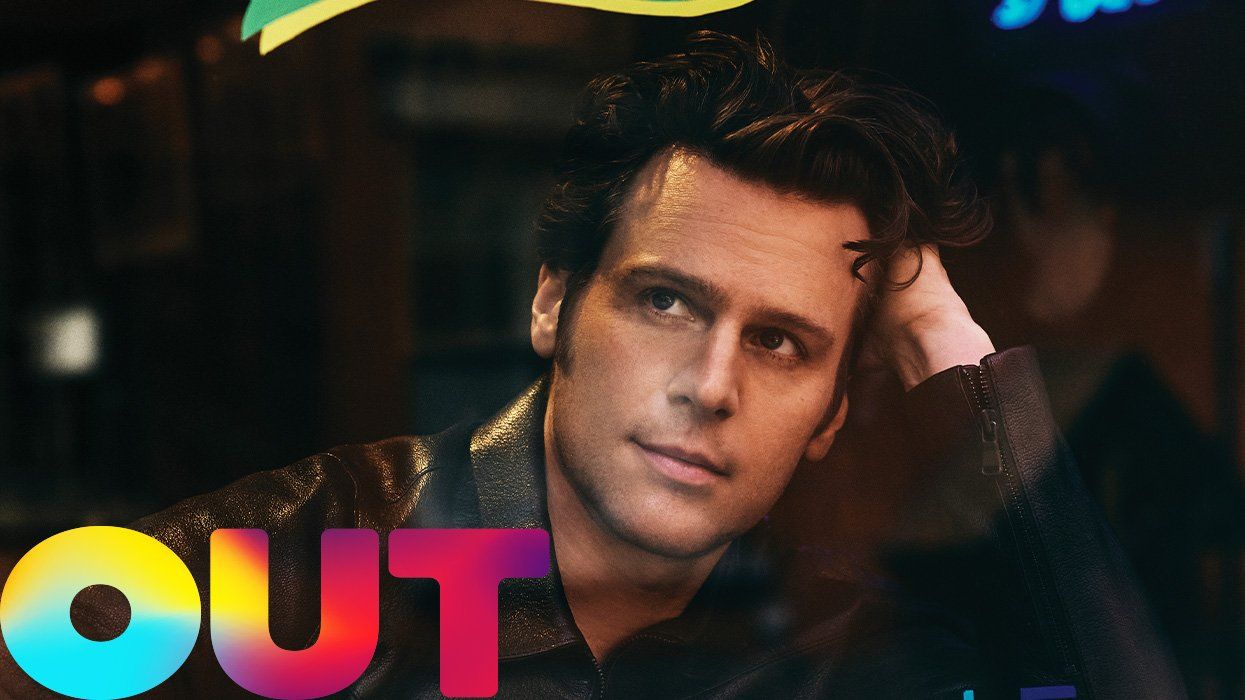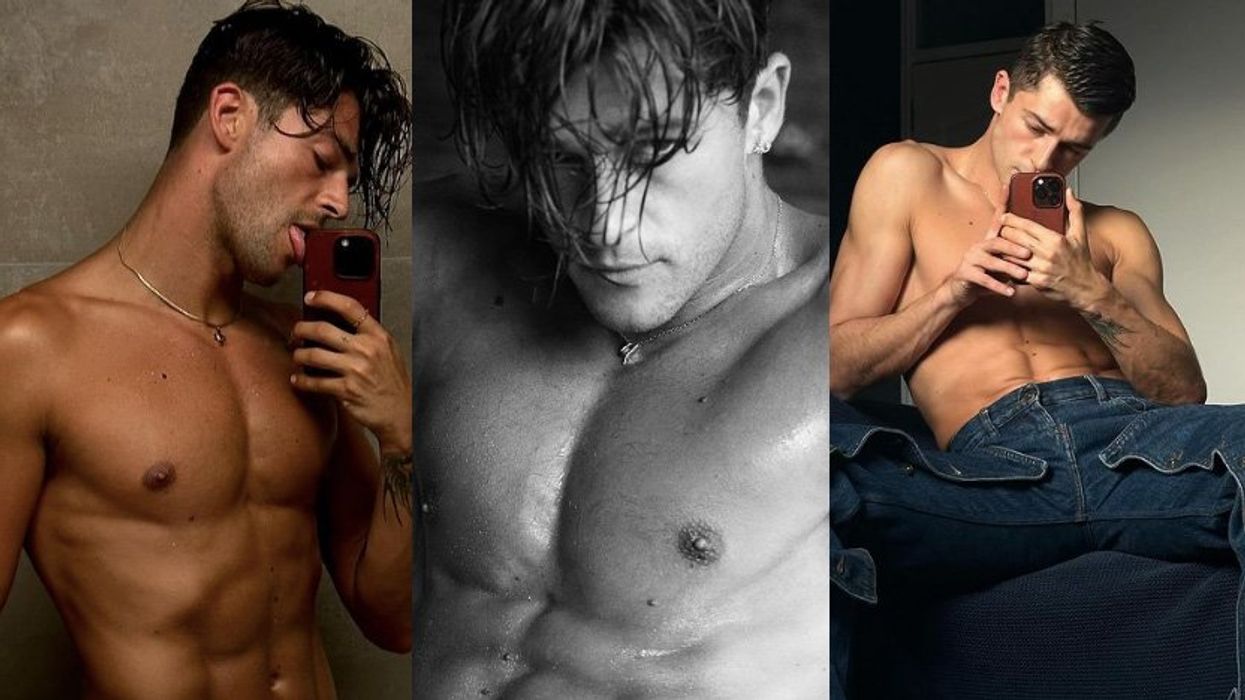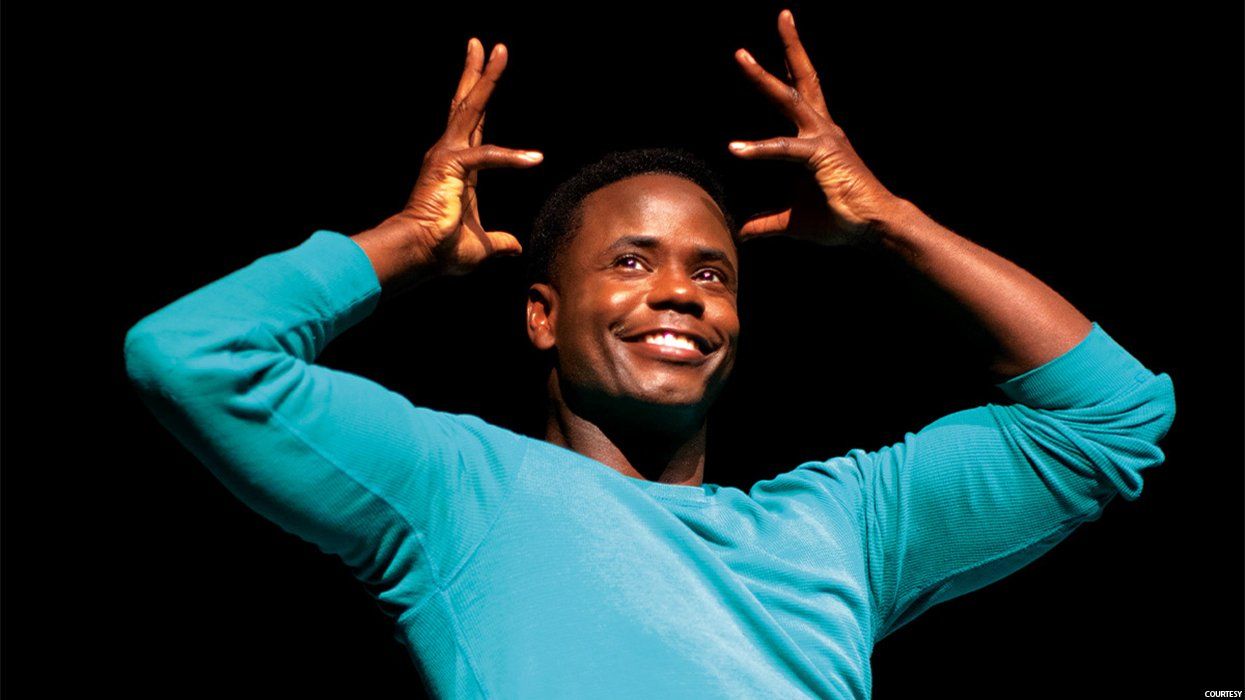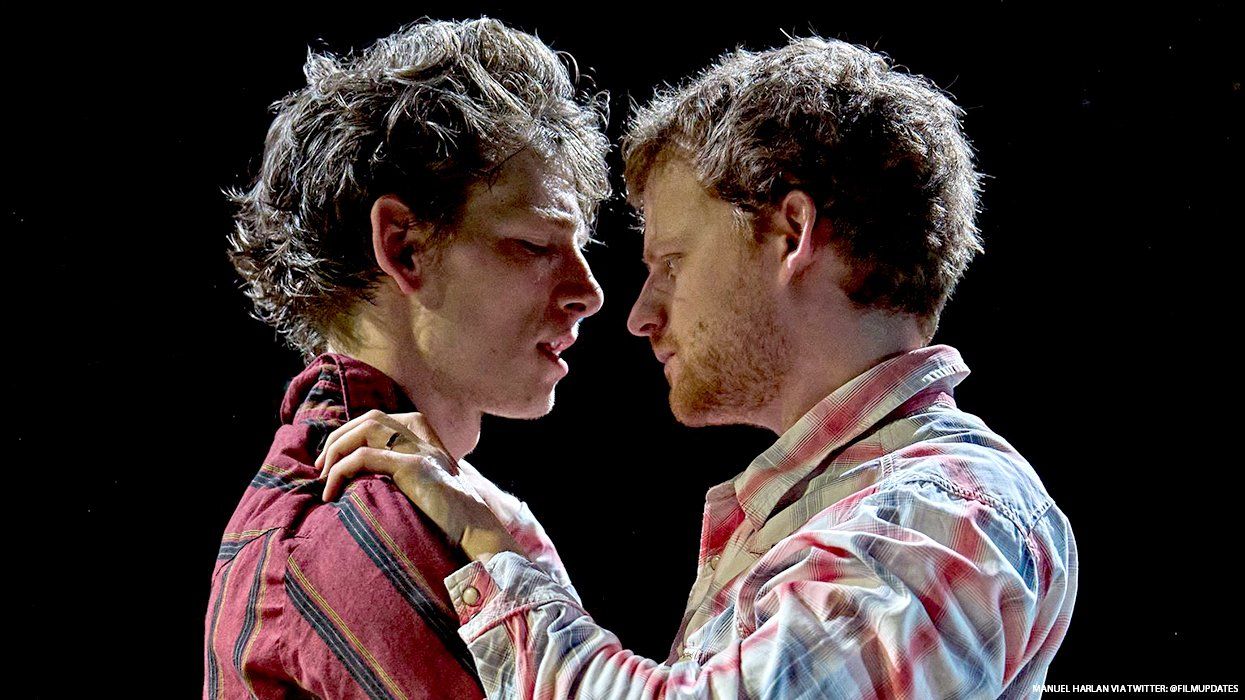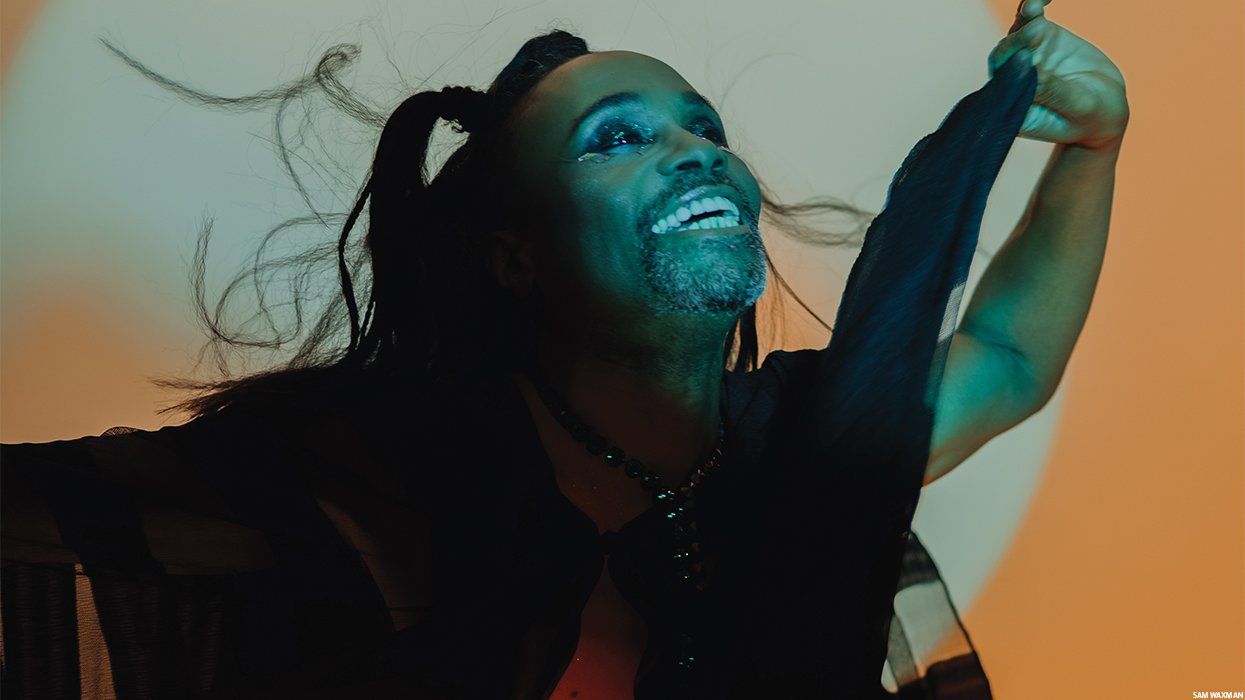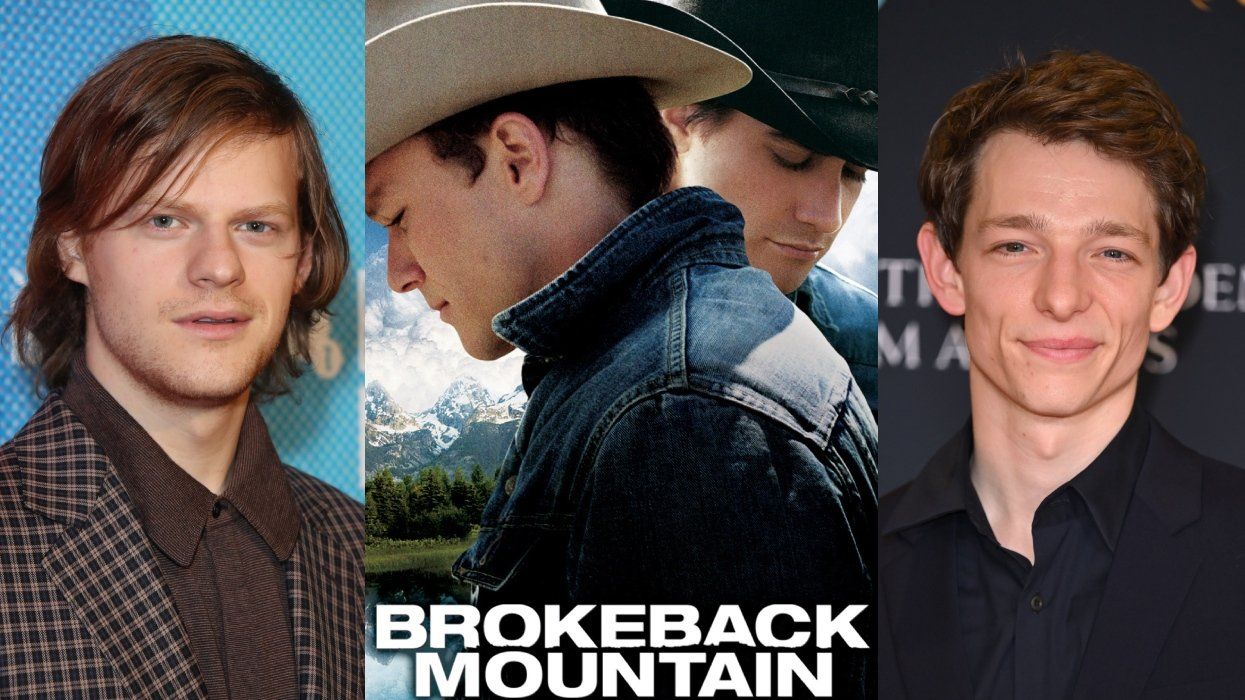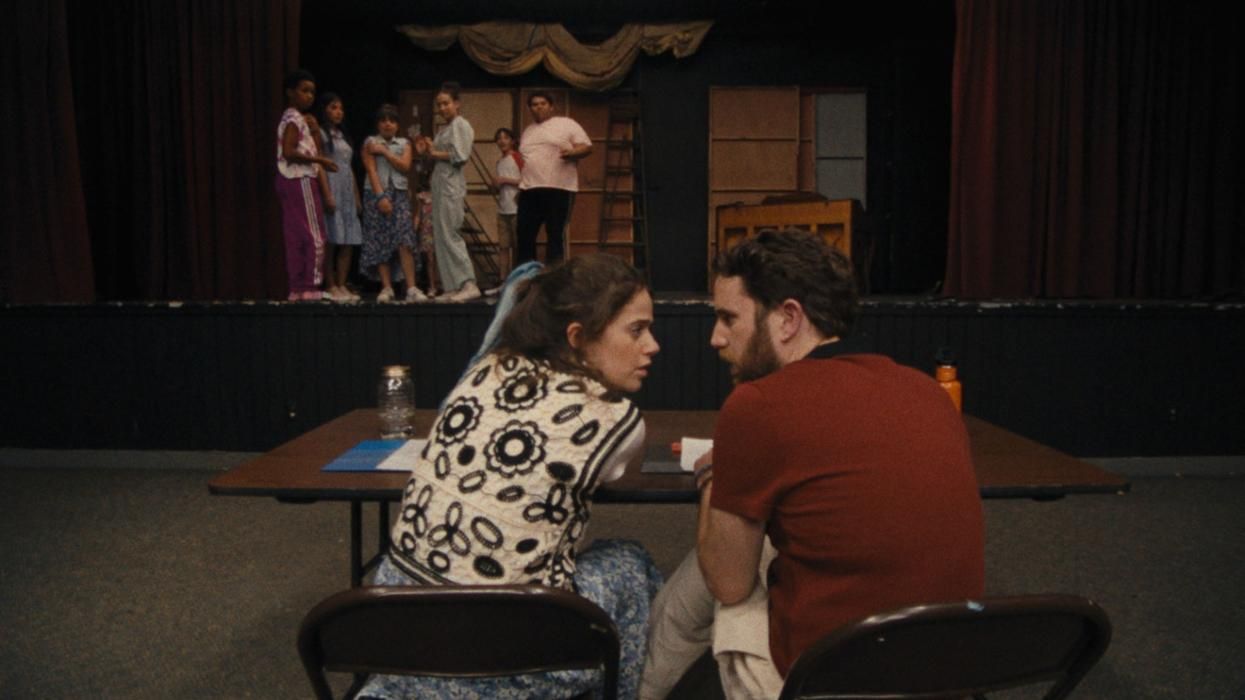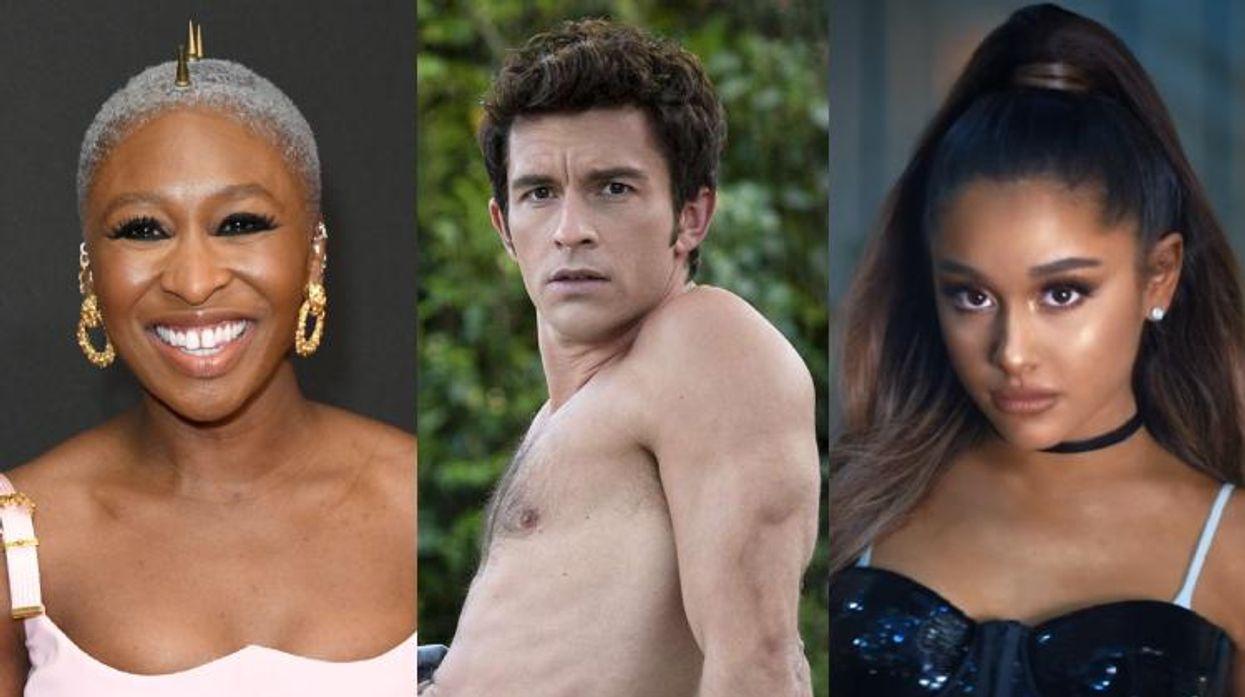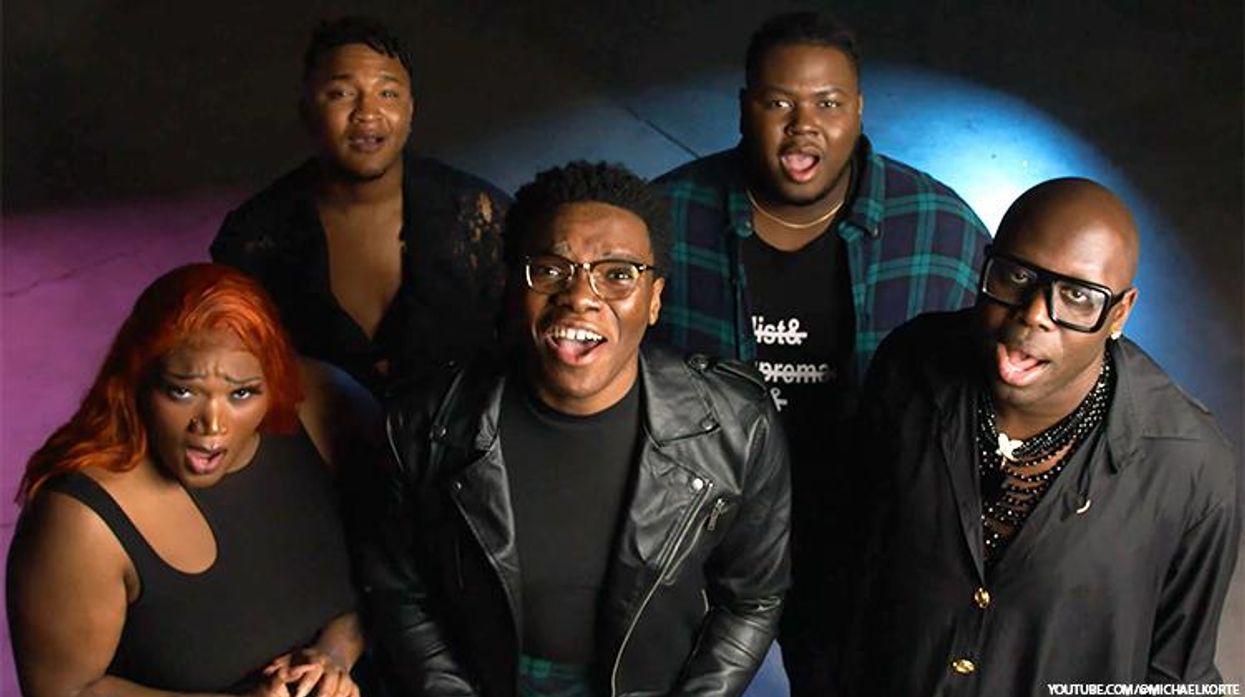Photography by Christopher Duggan
In April 1975, A Chorus Line premiered off-Broadway at the Public Theater. Three months later, it leapt to Broadway where it was an immediate smash, snagging a bunch of Tonys and running for 15 years. Basically, it's a show about dancers, those anonymous bodies that give a show its sense of scale, excitement, and sensuality. Dance, while a prime ingredient of musical theater, tends to stay in the narrative background, but A Chorus Line put it in the spotlight by turning the dancers into three-dimensional characters with histories and dreams.
One year later, Lee Theodore, a Broadway dancer, choreographer, and director, launched American Dance Machine to do something similar: Give dance in musical theater its due by creating what she called a "living archive" of the form's best choreography, by masters like Bob Fosse, Jerome Robbins and Agnes DeMille. Music and lyrics are easily documented and catalogued, but dance isn't captured so simply. It's a physical tradition, passed from body to body through the generations, and Theodore's vision provided a model to facilitate that transfer.
American Dance Machine came to a halt in 1987 with Theodore's untimely death (she was only 54), but in 2012, Nikki Feirt Atkins, a student of Theodore's, revived it. American Dance Machine for the 21st Century (ADM21), as the new iteration is called, has the same aim: to be a moving, breathing library of the smartest, most inventive choreography that Broadway has produced. The company takes the stage at New York City's Joyce Theater November 11-16 with a collection of dances from 42nd Street, Thoroughly Modern Millie, Contact and, of course, A Chorus Line, among others.
The revival of ADM21 comes at a much-needed time, when choreography on Broadway has largely been relegated to the role of decor, either serving as a nod to a show's era (Motown), a periodic shot of adrenaline (Rock of Ages) or a peculiar, indefinable thing in between (If/Then). But rarely does it feel like an intrinsic part of a show's identity anymore, as with, say, West Side Story or Bye, Bye Birdie or Sweet Charity.
Atkins, who shares leadership of ADM21 with artistic director Margo Sappington, a choreographer and Broadway veteran, spoke with Out about what inspired her to resurrect Theodore's vision, what makes memorable musical theater choreography, and why this Broadway season is a great one for dance.
Out: Why is it important to have a living archive of musical theater dance?
Nikki Feirt Atkins: We need to make certain that these great works are preserved through accurate reconstruction, archiving through videography and showing them so they can be seen in their truest form for generations to come. Young dancers, choreographers and audiences today don't necessarily have access to these choreographic gems. I believe it is critical to preserve and continue to present these great works, reconstructed by the original choreographer, or if no longer alive, dancers on whom the choreography was set.
Why is it so difficult to capture musical theater choreography?
The book and musical score are preserved in Broadway shows, but there was no way to preserve the original choreography with the true intent of the choreographer. Prior to the late 1960's shows were not filmed. Even now, with the wonderful New York Public Library of the Performing Arts and YouTube, it is relatively easy to reproduce steps, but impossible to extract nuance, intent and even style.
What led you to revive American Dance Machine in 2012?
I was working with [choreographers] Chet Walker and Bill Hastings in the early stages of their Jack Cole project. We watched many films of the great Jack Cole's choreography. Looking at these wonderful movies led me to look at the work of other choreographers -- Jerome Robbins, Bob Fosse, Michael Bennett, Gower Champion, Susan Stroman, Tommy Tune and more. I thought at that point, "Why not revive as many of these precious jewels as possible?" I had studied with Lee Theodore shortly before she passed away and absolutely loved learning the choreography of the many periods of time that she covered. She was truly inspirational, as was her mission to preserve the styles and techniques that fueled these great choreographic works.
What do you think defines great musical theater choreography?
Style, technique, and the rest is visceral.
Can you describe the process of reconstructing a dance in the Joyce program?
The process of reconstructing "Turkey Lurkey Time" [from Promises, Promises] was amazing. [Original cast members] Donna McKechnie, Margo Sappington, and Baayork Lee got together in a studio looking at videos, notes and drawings from their memories of working with [choreographer] Michael Bennett, and had an absolute blast putting it back together. Their joy in doing this was infectious. The dancers were over the moon learning from those original featured dancers.
What is the state of dance and choreography on Broadway today?
Until recently, I felt as though when I went to see a Broadway show I was watching singers who move well without a true emphasis on choreography and great dancing. Now with On the Town [currently on Broadway with choreography by Joshua Bergasse], An American in Paris [opening Spring 2015 with choreography by Christopher Wheeldon], and Little Dancer [now playing Washington, D.C., with choreography by Susan Stroman], I think we will be seeing a shift.
ADM21 at the Joyce Theater Nov. 11-16 in New York City. Watch a teaser clip below:


